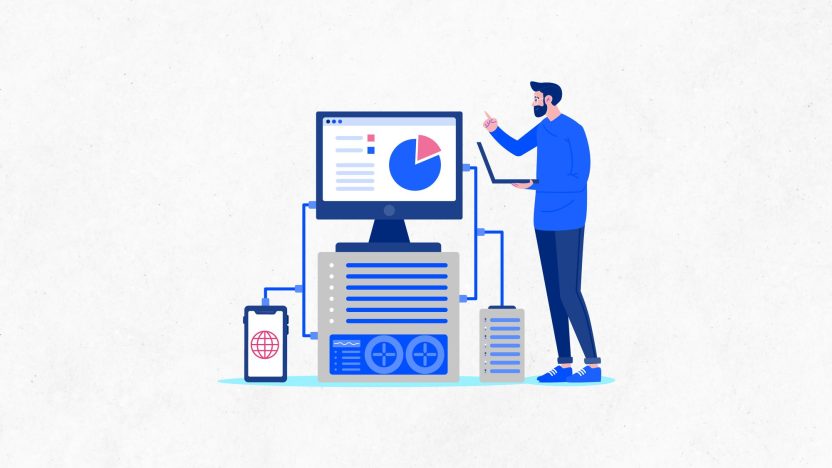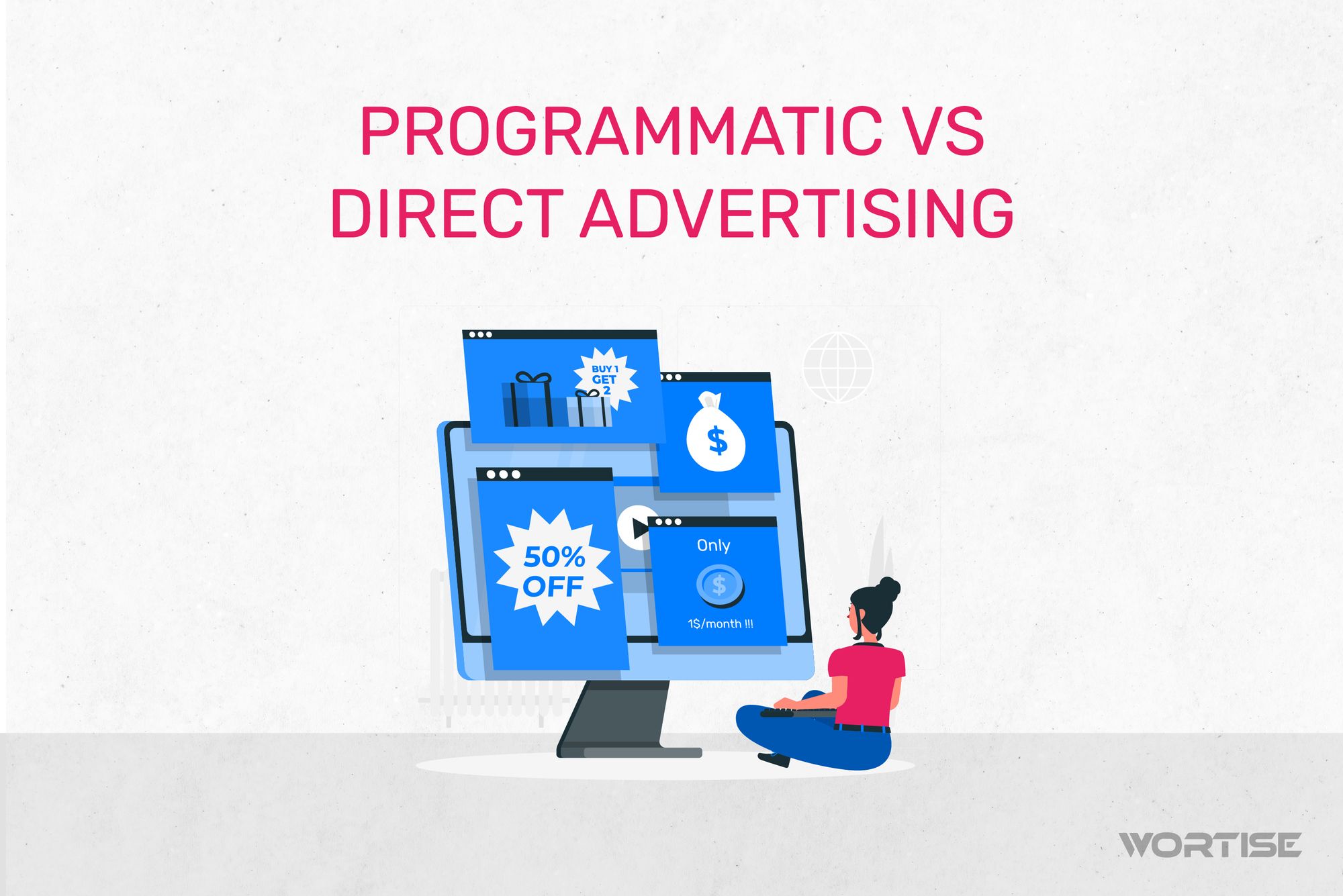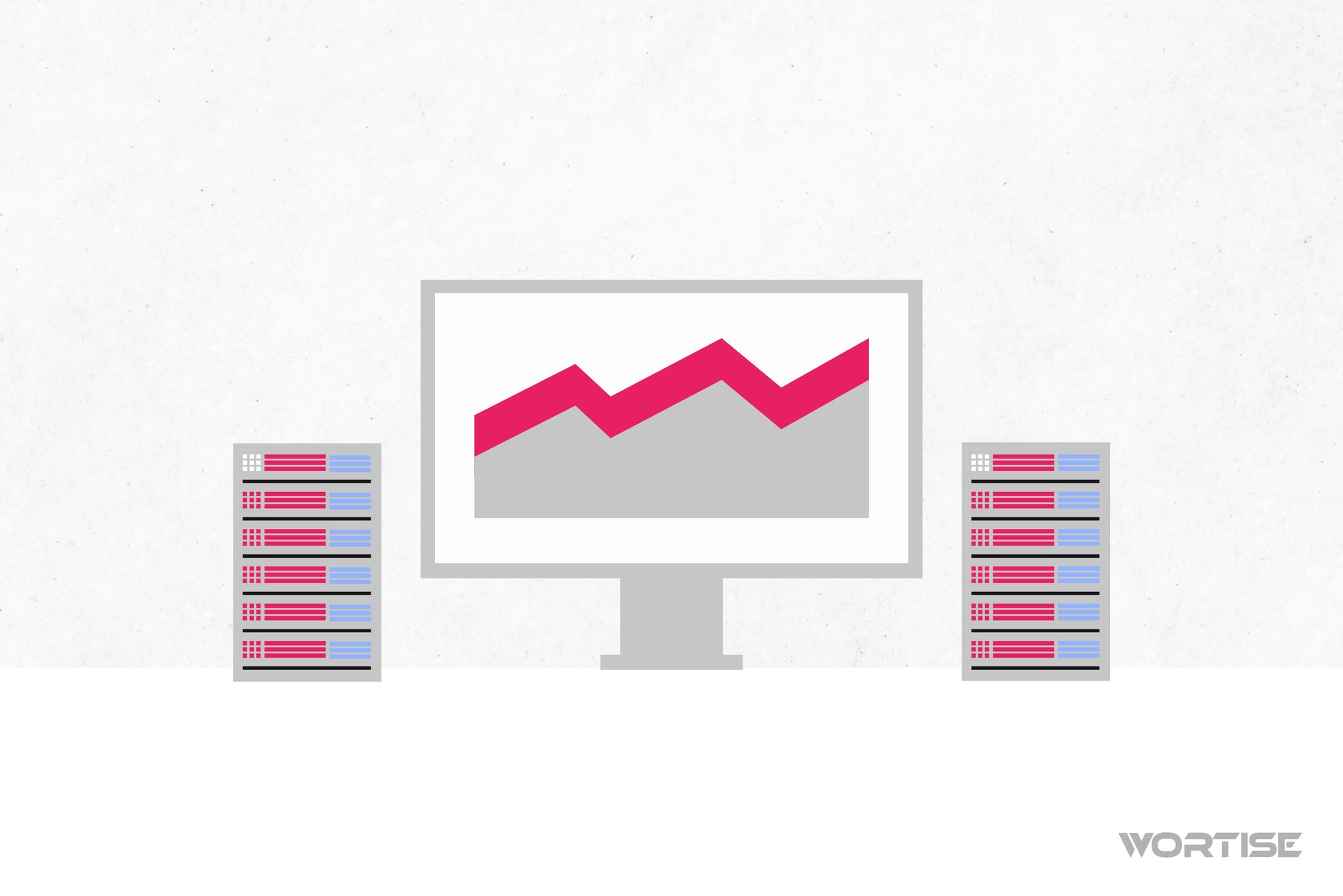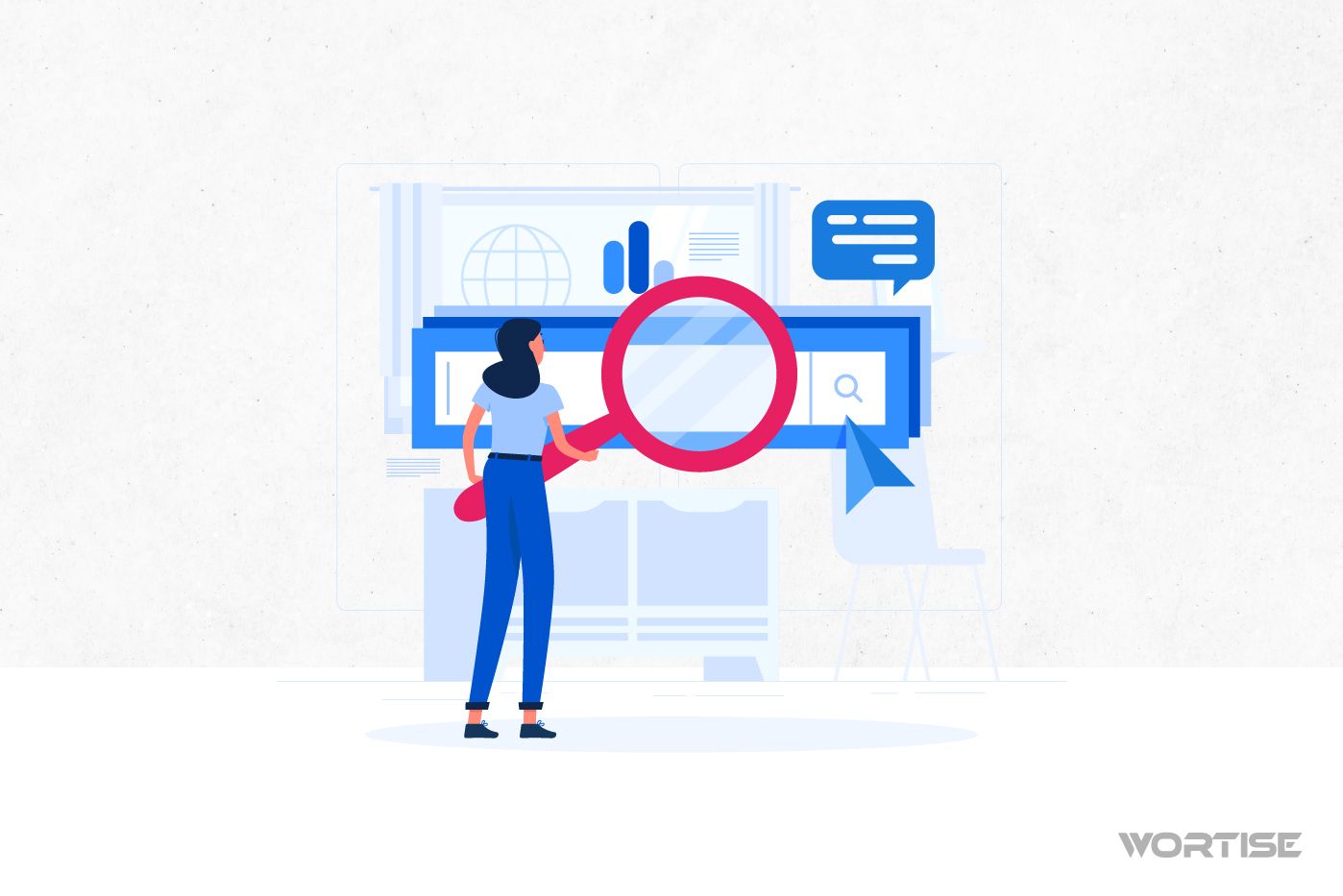Un excesivo uso de condimentos puede arruinar el sabor que quieres darle a una comida. Y aunque esta nota no trata sobre gastronomía, es una analogía perfecta para entender el mundo de la publicidad programática: muchas optimizaciones pueden afectar el impacto de tus campañas. Ante este escenario, cada publisher debe saber cómo optimizar su programmatic campaign para ser más eficiente.
Hay cientos de herramientas a la mano para optimizar campañas, solo hay que saber qué estrategias son las más correctas para conseguir un coste efectivo por cada mil impresiones (eCPM) cada vez más elevado. ¿Las conoces? Hemos redactado este artículo para mostrarte 8 de las mejores estrategias de programmatic campaign optimization para aciertes en todos tus caminos como publishers.
¿Qué debes tener en cuenta para ser exitoso en las campañas publicitarias? La importancia de la DSP y SSP
Las campañas programáticas, a diferencia de la publicidad tradicional, se ejecutan de forma automatizada con la ayuda de algoritmos y la Inteligencia Artificial. Por lo tanto, siempre deben aplicarse optimizaciones que se acoplen al avance de la tecnología y a las demandas de los usuarios.
Cada configuración es clave para que los espacios publicitarios sean comprados sin contratiempos y podamos conseguir cada vez mejores métricas, pues no es opción conformarse con poco. La razón es simple: hay mucho dinero en juego. Según datos de IAB Spain de 2023, la publicidad programática superó el 72% de todo lo invertido en medios digitales en el mundo, un dato abrumador que nos invita a reflexionar sobre lo importante que es este tipo de publicidad en la actualidad.
Pero no todo es soplar y hacer botellas, para conseguir éxito en las campañas programáticas y aprovechar su auge en la economía global debes escoger, si eres anunciante, una plataforma del lado de la demanda (DSP) práctica e innovadora que te permita comprar secciones de inventario sin trabas; mientras que si eres editor debes aliarte con una plataforma del lado de la oferta (SSP) que te ayude a vender tu espacio rápido y sin letras chiquitas.
Sea cual sea tu caso, la prioridad es clara: escoger una plataforma tecnológica capaz de conectar con audiencias premium para maximizar el valor de cada inventario. Solo así podrás ejecutar optimizaciones cada vez más certeras.
Además, toma en cuenta que la plataforma que uses para acceder a la demanda global tenga una alta reputación, sea 100% transparente en sus procesos y ofrezca informes detallados para que puedas optimizar tus campañas basados en datos.
Con esto claro, ahora saltemos a otros puntos que nos interesan.
Programmatic campaign optimization, ¿cuál es su verdadera importancia? + beneficios
Llegar a ser un crack en programmatic campaign es un objetivo a corto plazo. Ser un entusiasta de las optimizaciones garantiza una mayor efectividad de tu producto y brinda la opción de evitar fallas futuras o corregirlas en el instante en que se presenten.
En esta industria no basta con celebrar que un anuncio llega a un usuario cualquiera, sino que llega a un usuario potencial. Eso sí es un verdadero logro. Pero, ¿cuál es la verdadera importancia de las programmatic campaign? Aquí te mostramos algunos beneficios:
Ser certero en la segmentación
Aplicar optimizaciones a las campañas programáticas permite orientar los anuncios a los usuarios ideales según el tipo de dispositivos que usen. ¿Qué significa esto? Bueno, simplemente vas a asegurarte que el mensaje que transmite el anuncio cause un impacto en la persona correcta, esa que tiene simpatía con el producto o servicio que mira.
Imagina que llenas tu inventario con anuncios sobre una app de anime japonés. ¿Tiene sentido mostrar ese anuncio a un público mayor de 50 años? ¡Obviamente no! Una optimización a tiempo hace que estos anuncios se muestren a aficionados del anime.
Mejorar el rendimiento
Ser un empedernido de las optimizaciones hace que cualquier campaña programática se mantenga en ajustes constantes para mejorar su rendimiento y evitar fallas técnicas. Además, todo esto sirve para adaptar nuevas estrategias según el rendimiento de la audiencia y la forma en cómo acogen los anuncios.
Agilizar venta de espacios
Y bueno, como tercer beneficio resaltante podemos mencionar la capacidad de optimizar los espacios publicitarios para delegarlos a la automatización y acelerar así el proceso de compra y venta de inventario.
¿Cuál es el beneficio inmediato? Sin duda, la capacidad de optimizar el tiempo y evitar hacer tantos procesos manuales que, como sabes, aumentan los riesgos de errores.
Aplica estas 7 estrategias para optimizar tu Programmatic campaign
1. Emplea como un experto los datos demográficos
La segmentación y los datos que tengas de tu audiencia son, sin exagerar, el recurso más valioso que tienes en tus manos para crear una programmatic campaign optimization exitosa.
Por ello, procura ser extremadamente específico en los datos demográficos y el comportamiento de navegación de cada usuario para que muestres anuncios con un mayor valor. Tómate el tiempo necesario para optimizar, pues hacerlo muy rápido puede limitar el rendimiento de las campañas al no procesar los datos correctamente.
No cambies la ubicación de los anuncios sin tener al menos 2000 vistas en uno de ellos, solo así podrás saber si la optimización que aplicaste está teniendo un efecto verdadero. Además, no te quedes con segmentaciones “monolíticas”, opta por dividirlos en grupos pequeños según sus intereses.
2. Diversifica las fuentes de demanda
No creas que es suficiente trabajar con una decena de redes publicitarias. Un buen vendedor de espacios publicitarios abarca la mayor cantidad de ad networks posibles para atrapar a la audiencia apetecible: los advertisers que pagan bien.
¿Por qué? Cada optimización que hagas caerá como anillo al dedo para tener éxito en las fuentes de demanda, las cuales, como sabes, tienen anunciantes exclusivos, mayor variedad de público y distintos formatos de anuncios. Se trata de una optimización inteligente para diversificar las fuentes de ganancias.
No caigas en el error de trabajar con pocas redes publicitarias, eso hará que te vuelvas dependiente de ellas y, a futuro, si experimentan problemas o reducen su alcance, verás afectados tus ingresos.
3. Realiza pruebas A/B y optimiza según los resultados
Las pruebas A/B permiten comparar dos versiones de una campaña publicitaria y determinar cuál es la que genera mejores resultados. En el caso de una programmatic campaign, optimizar es un factor decisivo para identificar si hay un elemento –diseño, formato, etc– que funciona mejor que otro y seguir esa ruta.
Si ejecutas una prueba A/B y aplicas optimizaciones según los resultados obtenidos, podrás comprender mejor a tu audiencia, ejecutar estrategias basadas en datos y no en “corazonadas”, además de obtener mejores tasas de clics y conversiones. ¿El resultado? ¡Anuncios actualizados y relevantes para tu audiencia!
4. Lleva un ritmo de las optimizaciones
Aplicar optimizaciones constantes es contraproducente porque no estás dando tiempo de que una estrate
gia termine cuando ya estás activando otra. Las optimizaciones repetitivas hacen que sea imposible determinar qué elemento produjo el rendimiento esperado.
¿Qué se recomienda? Algunos expertos en publicidad programática sugieren aplicar una optimización por semana, así es más sencillo que cada plataforma publicitaria se ajuste a los cambios y genere resultados.
5. Revisa las métricas principales
Cualquier campaña programática debe someterse a una medición profunda para determinar dónde se requiere optimizar. Siempre se recomienda mirar las tasas de clics (CTR), costo por clics (CPC) y coste por adquisición (CPA); estas métricas ayudan a saber qué formatos están causando mayor interacción en tu audiencia.
A partir de las estadísticas que tengas en mano puedes, entre otras cosas, eliminar creatividades y sustituir por otras, cambiar la segmentación de usuarios, modificar el llamado a la acción (CTA) y más. ¿Ves que sí vale la pena optimizar?
6. Establecer objetivos reales
Todas las estrategias de optimización deben estar enfocadas en objetivos medibles y reales. Define qué quieres conseguir y ejecuta optimizaciones tomando en cuenta los datos que ya has leído en este artículo para saber si estás cumpliendo o no con los objetivos.
7. Vuelve tu app cada vez más segura
Hay una realidad que no podemos ocultar: la publicidad programática es blanco fácil de fraudes al estar expuesta a activación de bots y granjas de clics. Esto puede afectar el desempeño de tus ganancias, ya que puedes incurrir en sanciones o problemas referentes al control de datos.
Para que te libres de esto, puedes examinar a los anunciantes –en caso de que optes por ventas directas en vez de subastas– y verificar que se trata de gente responsable y transparente. Pero como la publicidad programática es imparable, lo mejor es que incorpores herramientas tecnológicas para detectar anomalías y garantizar que los anuncios se muestran a usuarios reales.
Hay plataformas de mediación que tienen herramientas capaces de detectar prácticas irregulares o anuncios nocivos; o, en pocas palabras, un sistema antispam.
8. Diversifica los anuncios
Hay muchos formatos publicitarios que pueden servir para enganchar a los usuarios. Una estrategia que siempre funciona es la de apostar por aquellos formatos vanguardistas y dinámicos como los displays, pues ocupan gran parte de la pantalla y tienen elementos que incitan a la interacción.
Pero ojo, debes cuidar bien cuántas veces lo muestras a los usuarios. Repetirlo solo hará que las personas se fatiguen y terminen huyendo de tu app. Los banners también funcionan bastante, pero si tienes una app de videojuegos quizás funcionen los rewarded ads, los cuales –según datos– le gustan al 89% de los usuarios.
Lo determinante es que trabajes con una ad mediation que ofrezca una amplia variedad de formatos innovadores. Eso sí, piensa siempre en la experiencia del usuario y ponte en sus zapatos, así podrás optimizar tus creatividades con mayor éxito.
Programmatic campaign 2024: procura apegarte a estas tendencias
Motivado a la solidez y la estabilidad del mercado de la publicidad programática, hay pocas tendencias emergentes para este año. Una de las primeras, según algunos expertos de LinkedIn, es trabajar en optimizaciones en tiempo real que permitan apegarse a la demanda global.
Además, se prevé que este 2024 marque el año definitivo de la eliminación de cookies de terceros. ¿Qué significa esto? Que debes pensar en optimizaciones para obtener datos de primera fuente (first party data).
También se estima que este año las subastas en tiempo real, conocidas como Real-Time Bidding (RTB), sean las protagonistas del negocio. Aquí radica la importancia de escoger una ad mediation que te “haga ganar” en las pujas y maximice el valor de tu inventario.
De igual, esto no quiere decir que solo te vas a concentrar en las RTB y vas a obviar las programmatic direct (hacer negocios tú a tú con un anunciante). ¡No y no! Lo ideal es que combines ambas formas de trabajo y optimices según los requerimientos de cada una.
Necesitas una ad mediation eficiente para optimizar tu Programmatic campaign: Wortise es la solución
Aplicar muchos de estos tips en una plataforma que no compagine con tus objetivos es, lamentablemente, como arar en el mar. Necesitas de una plataforma que tenga herramientas de configuración y análisis eficientes para que todas tus estrategias marchen de forma correcta.
¡Por eso existe Wortise! Hecha por publishers para publishers, en Wortise trabajamos con datos de primera fuente para brindarte opciones de hipersegmentación avanzada y puedas conseguir así hasta el doble de eCPM que te ofrece AdMob.
Mediamos con más de 100 Ad networks y te ofrecemos acompañamiento 1-1 para que tus estrategias no fallen. Además, ofrecemos un dashboard avanzado para que mires las métricas con practicidad y tomes decisiones inteligentes e informadas.
Wortise facilita la recepción de las mejores pujas para que tu app goce de anunciantes premium.




